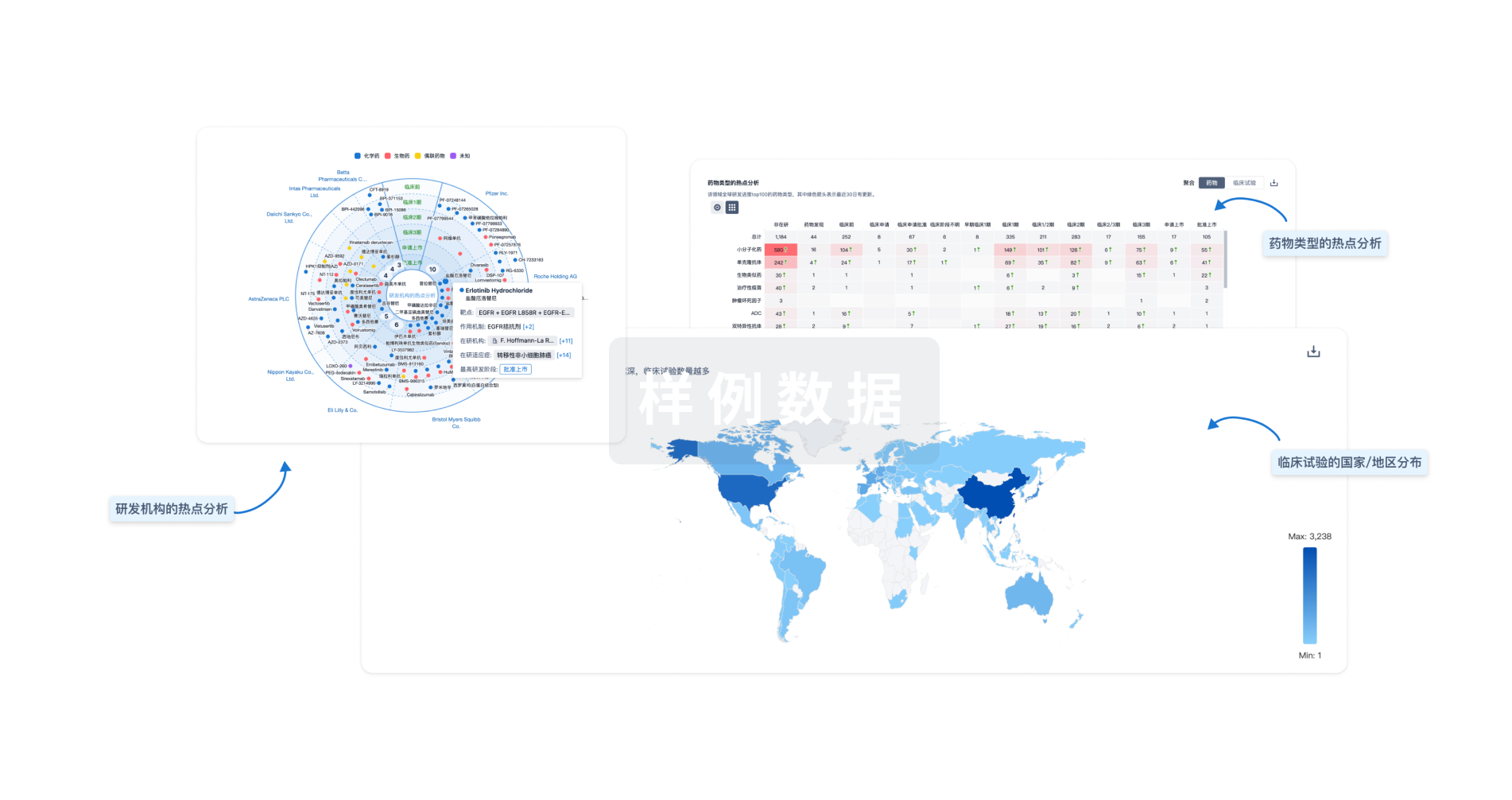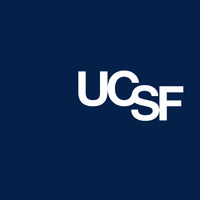预约演示
更新于:2025-05-07
Ependymoblastoma
室管膜母细胞瘤
更新于:2025-05-07
基本信息
别名 ETMR, C19MC-Altered、Embryonal Tumor with Abundant Neuropil and True Rosettes、Embryonal Tumor with Multilayered Rosettes + [14] |
简介 An aggressive embryonal tumor with multilayered rosettes characterized by the presence of amplification of the C19MC region on chromosome 19 (19q13.42). |
关联
14
项与 室管膜母细胞瘤 相关的药物作用机制 CDK4抑制剂 [+1] |
在研机构 |
最高研发阶段批准上市 |
首次获批国家/地区 美国 |
首次获批日期2017-03-13 |
靶点 |
作用机制 SMO拮抗剂 |
最高研发阶段批准上市 |
首次获批国家/地区 美国 |
首次获批日期2015-07-24 |
作用机制 CDK4抑制剂 [+1] |
原研机构 |
最高研发阶段批准上市 |
首次获批国家/地区 美国 |
首次获批日期2015-02-03 |
21
项与 室管膜母细胞瘤 相关的临床试验NCT06465199
A Dose Escalation Study Using Difluoromethylornithine (DFMO) and AMXT-1501 Followed by a Randomized Controlled Trial of DFMO With or Without AMXT-1501 for Neuroblastoma, CNS Tumors, and Sarcomas
The purpose of this study is to evaluate the investigational drug AMXT 1501 (a pill taken by mouth) in combination with the drug difluoromethylornithine (DFMO) for infusion administered intravenously (IV; a liquid that continuously goes into your body through a tube that has been placed during a surgery into one of your veins). An investigational drug is one that has not been approved by the U.S. Food & Drug Administration (FDA), or any other regulatory authorities around the world for use alone or in combination with any drug, for the condition or illness it is being used to treat.
The goals of this part of the study are:
* Establish a recommended dose of AMXT 1501 in combination with DFMO for infusion
* Test the safety and tolerability of AMXT 1501 in combination with DFMO for infusion in patients with cancer
* To determine the activity of study treatments chosen based on:
* How each subject responds to the study treatment
* How long a subject lives without their disease returning/progressing
The goals of this part of the study are:
* Establish a recommended dose of AMXT 1501 in combination with DFMO for infusion
* Test the safety and tolerability of AMXT 1501 in combination with DFMO for infusion in patients with cancer
* To determine the activity of study treatments chosen based on:
* How each subject responds to the study treatment
* How long a subject lives without their disease returning/progressing
开始日期2025-10-01 |
申办/合作机构 |
NCT06942039
A Pilot Study of Intrathecal Topotecan and Maintenance Chemotherapy in the Post-consolidation Setting for the Treatment of High-risk Embryonal Central Nervous System Tumours in Children Less Than 6 Years of Age
Pilot study to determine feasibility of adding intrathecal chemotherapy and maintenance therapy after high dose chemotherapy for treatment of newly diagnosed HR-EBTs in patients less than 6 years of age.
开始日期2025-06-01 |
申办/合作机构 |
NCT06861244
PNOC031: Protocol for Embryonal Tumor With Multilayered Rosettes (ETMR)
This is an open-label, comprehensive, iterative investigation of evaluating the use of induction chemotherapy, high-dose chemotherapy, and focal radiation therapy in children with newly diagnosed Embryonal Tumor With Multilayered Rosettes (ETMR).
开始日期2025-03-06 |
申办/合作机构 |
100 项与 室管膜母细胞瘤 相关的临床结果
登录后查看更多信息
100 项与 室管膜母细胞瘤 相关的转化医学
登录后查看更多信息
0 项与 室管膜母细胞瘤 相关的专利(医药)
登录后查看更多信息
357
项与 室管膜母细胞瘤 相关的文献(医药)2025-03-17·Neuro-Oncology Practice
Evaluating the efficacy of radiotherapy in patients with embryonal tumor with multilayered rosettes: A systematic review and meta-analysis
Article
作者: DeNunzio, Nicholas ; Anand, Sidharth ; Hanson, Derek ; Henrich, Mason ; Locke, Evan ; Lozy, Tara ; Shah, Harshal
2024-06-01·Neuropathology
Embryonal tumor with multilayered rosettes arising from the internal auditory canal of an adult: Illustrative case with molecular investigations
作者: Takami, Hirokazu ; Ikemura, Masako ; Matsuura, Reiko ; Kitagawa, Yosuke ; Tanaka, Shota ; Sheriff, Adam ; Saito, Nobuhito ; Matsushita, Yuko ; Takayanagi, Shunsaku ; Ichimura, Koichi
2024-01-01·Brain and Spine
Pediatric skull base tumors: Clinical features and surgical outcomes; a single center retrospective study with a review of literature
Article
作者: El Damaty, A ; Sahm, F ; Seitz, A ; Issa, M ; Milde, T ; Lenga, P ; Grutza, M ; Unterberg, A W ; Krieg, S M
分析
对领域进行一次全面的分析。
登录
或

生物医药百科问答
全新生物医药AI Agent 覆盖科研全链路,让突破性发现快人一步
立即开始免费试用!
智慧芽新药情报库是智慧芽专为生命科学人士构建的基于AI的创新药情报平台,助您全方位提升您的研发与决策效率。
立即开始数据试用!
智慧芽新药库数据也通过智慧芽数据服务平台,以API或者数据包形式对外开放,助您更加充分利用智慧芽新药情报信息。
生物序列数据库
生物药研发创新
免费使用
化学结构数据库
小分子化药研发创新
免费使用




